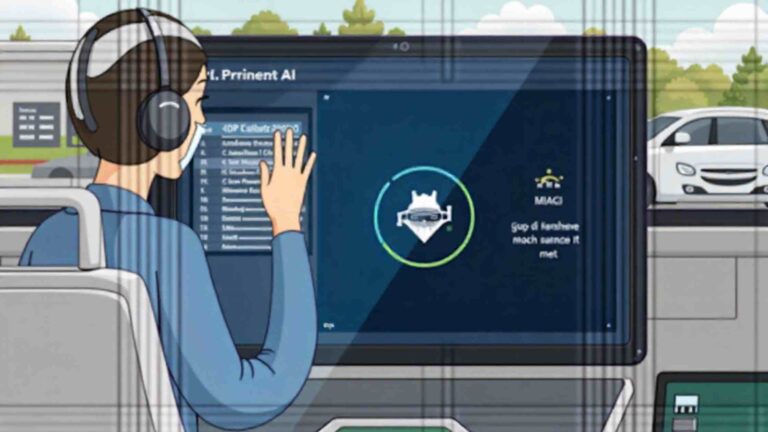
Discover productivity tools for remote teams, remote collaboration tools, artificial intelligence (AI) task managers, and virtual whiteboards, the best zoom substitutes, and time tracking applications, to succeed working remotely in 2025.
With the new distributed work culture, productivity tools for remote teams are required to uphold workflow, communication and efficiency. With remote work showing no signs of diminishing in popularity in 2025, businesses and their freelancer workforce are demanding more connected, intelligent technologies to aid day-to-day working. Regardless of whether you are working alone at home or organizing a staff distributed all around the world, the price of making a wrong selection of working at home software could be disastrous.
Better video conferencing services, interactive collaboration tools, and more make the arsenal of online working tools both richer and smarter than before. The trick is being knowledgeable about the tools that can relieve your greatest headaches and not cause digital fatigue
Best Zoom Alternatives
Although Zoom is a favorite, other teams are seeking the best Zoom alternatives that provide a higher level of security, combined project management, or improved scalability. Dedicated video conference platforms, such as Microsoft Teams, Google meet, and newer platforms like Around and Whereby are becoming popular, as teams with user interface-related value propositions and closer integrations to other working environments will be more appreciated.
Remote Collaboration Apps
These substitutes are usually closely related to remote work apps which simplify all the above areas. Applications such as Slack, Notion and ClickUp serve as a workspace where you can collaborate with your team, work on tasks and ask questions in real time as well as monitor the progress. Productivity tools for remote teams are essential for optimum performance of team. Such platforms now offer embedded video, AI-generated summaries, and direct sync with cloud drives or calendars, so it is no longer necessary to switch between the tools on a regular basis.
For teams that rely heavily on visual brainstorming, virtual whiteboard tools like Miro and Mural bring creativity into the digital space. These apps are excellent for sprint planning, design thinking sessions, or remote workshops, allowing participants to collaborate on sticky notes, diagrams, and boards simultaneously.
Time Tracking, AI Task Manager Apps, and Work-from-Home Efficiency
Flexible hours and different time zones around the world mean that time management is increased. Time tracking apps 2025 do not merely act as a digital clock anymore, they come with smart dashboards, productivity analysis, and even artificial intelligence-powered scheduling suggestions. Their time tracking software (Toggl Track, RescueTime, Clockify) can show how time is spent, eliminate distractions, and make sure such time is properly logged and properly billed as billable.
Simultaneously, applications to manage AI tasks are changing the remote worker way of assigning, prioritizing and accomplishing work. Apps such as Motion, ClickUp AI, and Taskade apply machine learning to automatically refresh task order depending on urgency, deadlines and individual work styles. These tools are able to create lists of tasks based on conversations, with follow-up reminders and as a means of overcoming decision fatigue, they are perfect to be used by busy teams with multiple projects.
Wrapping Up
To connect all the dots, the conductor of all the remote operations should be dependable work-from-home software USA users can rely on. Productivity tools for remote teams involve secure VPNs, cloud-based file storage platforms such as Dropbox or Google drive, and protecting plans. Other products popular among U.S.-based companies are the so-called productivity suite products that combine their tools into one continuous environment, such as Zoho Workplace or Microsoft 365.
FAQs
1. What are the most effective productivity tools for remote teams in 2025?
Top tools include Slack, ClickUp, Miro, Toggl Track, and Google Meet. They support communication, project management, and creative collaboration across remote teams of all sizes.
2. Are there better Zoom alternatives for remote meetings?
Yes, platforms like Microsoft Teams, Around, and Whereby offer strong alternatives with added features like breakout rooms, background noise reduction, and better team integrations.
3. How can remote teams stay organized and efficient?
Using AI task managers, time tracking apps, and cloud-based collaboration tools helps remote teams manage tasks, reduce delays, and maintain visibility on shared goals and deadlines.
Related – ChatGPT Coding Prompts: Unlock Smarter Development in 2025





